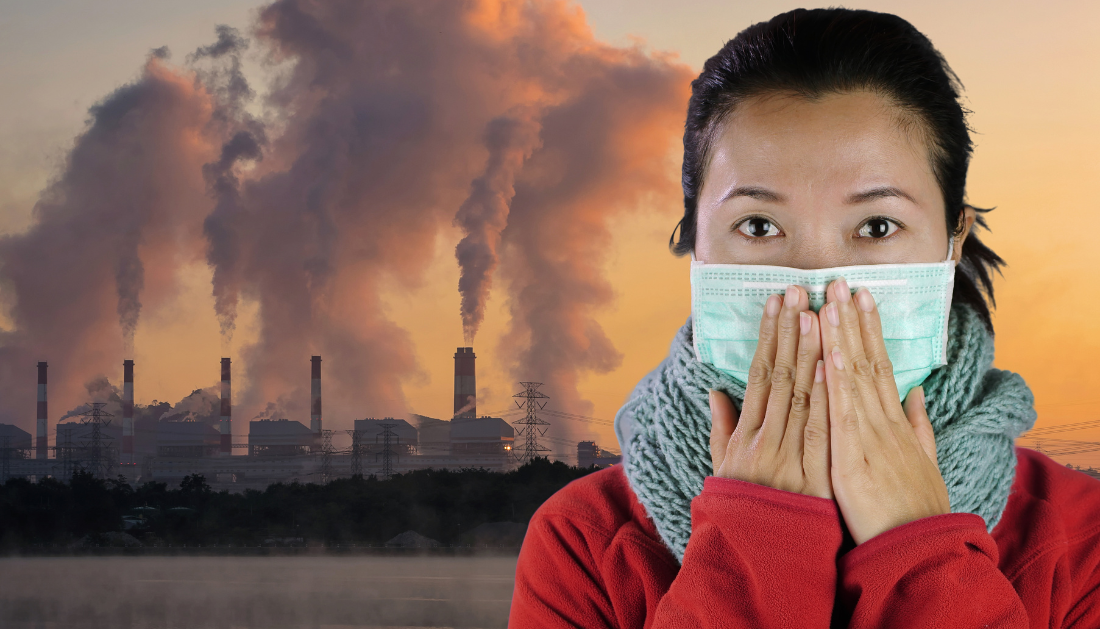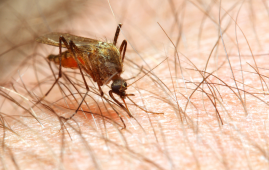

Air Pollution Drives Lung Cancer Surge in Non-Smokers, Study Reveals
A new study published in The Lancet Respiratory Medicine has identified air pollution as a major driver of lung cancer among non-smokers, with women and Southeast Asian populations particularly affected. As smoking rates decline worldwide, pollution has emerged as a key risk factor, leading to a significant rise in lung adenocarcinoma cases.
Lung Cancer Beyond Smoking: A Changing Global Trend
Lung cancer remains the most common cancer type, with 2.5 million cases diagnosed in 2022. While historically linked to smoking, the proportion of non-smoking-related lung cancer is increasing.
One subtype—adenocarcinoma—has become the dominant form of lung cancer among women in 185 countries, and its incidence continues to grow.
“Air pollution can be considered an important factor that partly explains the emerging predominance of adenocarcinoma,” researchers noted.
Between 2020 and 2022, adenocarcinoma cases increased in both men and women, but the highest rates were observed among non-smoking women, where it accounted for six in 10 cases.
How Air Pollution in Non-Smokers Contributes to Lung Cancer
The study links long-term exposure to air pollution—especially fine particulate matter (PM2.5)—to the development of lung cancer in non-smokers. These pollutants enter the lungs, causing chronic inflammation and DNA damage, increasing cancer risk even in individuals with no history of smoking.
Key findings include:
- Non-smoker lung cancer is now the 5th leading cause of cancer-related deaths globally.
- Women and Asians are disproportionately affected, with East Asia—especially China—having the highest pollution-linked lung cancer rates.
- Household fuel burning for heating and cooking is a major contributing factor, particularly in Chinese women non-smokers.
A Growing Public Health Crisis
As global smoking rates continue to decline, environmental factors like air pollution are emerging as the new major contributors to lung cancer. Researchers emphasize the need for:
✔ Stronger air quality regulations
✔ Cleaner energy alternatives for household use
✔ Further research into pollution-related cancer mechanisms
Conclusion: Urgent Action Needed
This study underscores the critical link between air pollution and lung cancer, particularly among women and non-smokers. As pollution levels rise in many parts of the world, tackling air quality issues is becoming a public health priority to reduce cancer risk and improve global health outcomes.
More Information: Ganfeng Luo et al, Estimated worldwide variation and trends in incidence of lung cancer by histological subtype in 2022 and over time: a population-based study, The Lancet Respiratory Medicine (2025). DOI: 10.1016/S2213-2600(24)00428-4
more recommended stories
 How Soybean Oil Impacts Weight Gain and Metabolism
How Soybean Oil Impacts Weight Gain and MetabolismWhy Soybean Oil May Affect Metabolism.
 New Malaria Prevention Insights From African Biostatistics
New Malaria Prevention Insights From African BiostatisticsHow New Data Is Reframing Malaria.
 Coffee and Cognitive Function: Evidence Review
Coffee and Cognitive Function: Evidence ReviewA new narrative review in Cureus.
 Colorectal Cancer Screening Rates Low in Adults 45–49
Colorectal Cancer Screening Rates Low in Adults 45–49Recent UCLA research reveals that colorectal.
 Gut Immune Cells and Long-Lasting Antiviral Protection.
Gut Immune Cells and Long-Lasting Antiviral Protection.Breakthrough Findings on How Gut Immune.
 Mild Pancreatic Duct Dilatation Signals Higher Cancer Risk
Mild Pancreatic Duct Dilatation Signals Higher Cancer RiskEarly Structural Changes Offer Critical Clues.
 How the Uterus Senses Force During Labor: New Insights
How the Uterus Senses Force During Labor: New InsightsA new study published in Science.
 Fat-Free Mass and Brain Outcomes in Preterm Babies
Fat-Free Mass and Brain Outcomes in Preterm BabiesEarly Fat-Free Mass May Hold the.
 How Hormones Shape Dopamine-Driven Learning
How Hormones Shape Dopamine-Driven LearningNYU Study on Hormones and Cognitive.
 Protein Pair Guides Chromosome Alignment in Mitosis
Protein Pair Guides Chromosome Alignment in MitosisKey Points A joint research team.

Leave a Comment